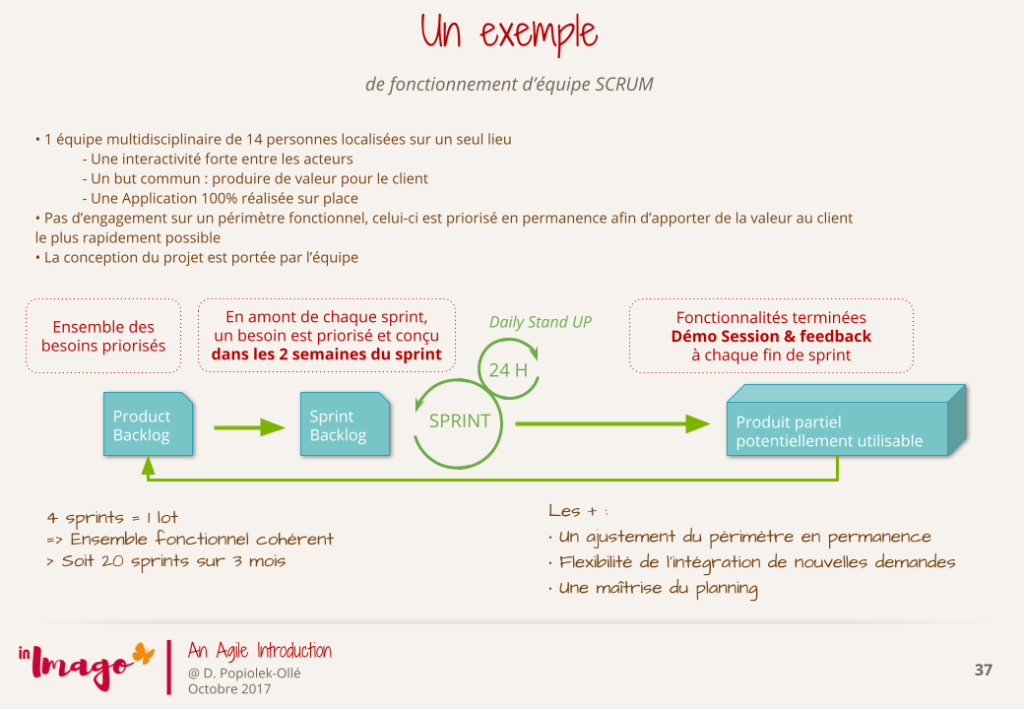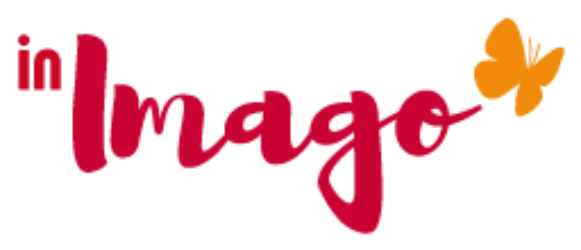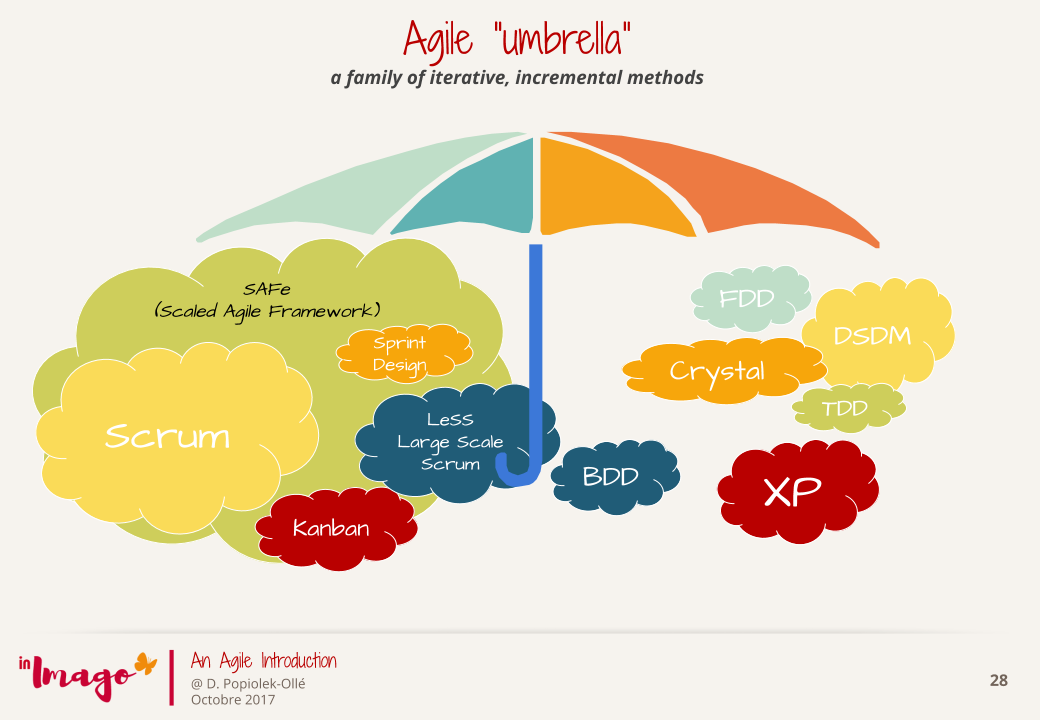The ritual creates links, it puts people back at the heart of the process. It is in this sense that SCRUM has embarked on routines. The routines, rituals offered as a guide to implement the values and principles of the Agile Manifesto.
These routines or rituals aim by their repetitions to free up speaking time between individuals and to facilitate problem solving such as the synchronization of actions. Therefore, these actions facilitated by the ritual bring out a product, an application or a service. They also demonstrate the ability of a team to use its collective and emotional intelligence to serve the value delivered.
Understand the mechanism of rituals
There is a belief which states that performing the same action every day for 21 days promotes the emergence of a routine. The routine once established is done automatically, without effort. It becomes an embedded habit. A reflex like riding a bike, or driving which is normally done without effort.
A ritual is therefore by its repetitive nature, a process of change with a view to taking a new action in the field of habit. Once adopted, this habit will be done effortlessly.
Understand the mechanisms of Scrum
SCRUM is a ritual embedded in a team in order to carry out in a limited time a set of synchronized actions aimed at creating a product, a service or a potentially purchasable application.
The ritual is repeated until the team’s objective is fully achieved. Then becomes a work habit, a way of organizing oneself to deliver the value expected by the customer if the team does not encounter any obstacle in its way to its autonomy.
SCRUM
- translates into a sprint duration as the completion time, and a dailly meeting of 15 minutes every day. These 15 daily minutes aim to identify the problems encountered by the team in its realization. The removal of obstacles thus identified will be organized, favoring implementation as early as possible in the project.
The team is valued by the implementation of functionalities immediately at the end of each sprint. It also embeds a principle of continuous improvement at each sprint. This gives the team time to analyze the results obtained and to assess how it operates. It is normally a time of breathing for the team, a time of learning and also of sharing.
-3 roles are proposed to facilitate the implementation of the SCRUM: A Scrum Master who facilitates and ensures that the team does not encounter any obstacle, a product owner who is or plays the role of the customer and a multidisciplinary team.
The roles being understood as turning points within the team in order to avoid creating “bottlenecks”. The rituals are organized even in the absence of the Scrum Master or the product owner.
–
Discover SCRUM in 8 minutes, video in English
Example of how a SCRUM team works

The principe of Scrum
- A multidisciplinary team of 14 people located in a single location with:
- Strong interactivity between actors
- A common goal: to produce value for the customer
- An Application 100% carried out on site
- No commitment on a functional perimeter, it is constantly prioritized
- The sprint is the time value decided by the team to achieve the desired value: between 1 and 4 weeks.
• The design of the project is carried out by the team
The magic of SCRUM
SCRUM was adopted by the teams. In a series of Articles on the Manifesto, I give you feedback, principle by principle according to 3 focuses: individual, team, and managerial.
SCRUM is a proposal to divide its efforts by 2 thanks to a better understanding of customer needs (emotional included), the establishment of self-determined teams who focus their efforts on results. The team is focused, focused on what it has to achieve.
SCRUM offers a great promise of working together in good understanding.
Understanding SCRUM set in motion
At its beginning, 20 years ago, SCRUM aroused the enthusiasm of the teams. It was a way to push silos and revolutionize the mode of production as well as intra-team interactions. It is at the origin of the popularity of the Agile movement.
The teams, appropriated the principle and experimented with it, then adopted it. Once adopted, the team imposed its operation on management. A passive laissez-faire was established to become the production standard.
Yes, but that was before management took over Agility! SCRUM, with SAFe and all that is akin to flexibility tends to be rejected by the new generations. The latter connected to the present moment let themselves be carried by their desires!
SCRUM wisely returns to the marvelous cupboard tools and mindsets interesting to know.
And yet … SCRUM, the fall
Agility is a mindset (not a method) that allows your organization to empower employees in order to generate value. Agility is a culture of working in short cycles, thus facilitating the adaptability to changes and new needs of your customers in a much more efficient and rapid manner.
Many organizations are embarking on the Agile transformation by looking at Agility as a means of achieving results through the application of certain so-called Agile methods. Businesses fail just as they failed with LEAN.
My vision: “the agile method” does not exist. Agility is a collaborative culture which through its values and principles (inherited in particular from the systemic perspective and Lean) allows an organization and individuals to be radically more efficient. Scrum is not a method either. Scrum is a framework driven by 3 roles: the Scrum Master, the Team and the client and, 5 values: Prioritize, objectify, focus, demonstrate, Improve.
As you can see making SCRUM your own is easy. thus facilitating a better understanding of the agile culture. When we understand the principles, we can shape our own methods and adapt them to the context and, to the uniqueness of each situation.
Seeing Agility and Scrum as methods is not only reductive, but it makes more complex the organization which tries in vain to make coexist its traditional silotated world, hierarchical and full of intermediaries, with “instructions” of autonomy, of self-organization, of multidisciplinarity, which it cannot integrate. The company reinforces the culture of paradoxical management each time it wants to integrate change.
Thus failing in a scalling up process, or subordination and cadence, replaces the pleasure of doing together.
Change doesn’t fit in, it’s movement
Change is a natural movement that inexorably sets in motion, bringing with it all that resists.
Imposing a method, giving injunctions exacerbate the natural resistance to change. This prevents the organization from benefiting from a true collaborative culture, adapting quickly to change. This freezes and stiffens each of us in our positions.
The motivation and creativity of employees are limited. AND the employees are ultimately very happy to be simple performers, paid by the task. Leaving the responsibility to the bosses, and their commitments …
So, psst, the new ways of doing things that accelerate the time-to-market and the creation of value for the customer and all the other stakeholders are put away. They will emerge when everyone finds a meaning, a common work to mobilize intra-learners.
In the meantime, everyone is suffering and looking for a collaborative work, a project that makes sense and where everyone will find pleasure in doing. So let’s let change come and rehabilitate, rituals and SCRUM, in a simple and natural movement.

